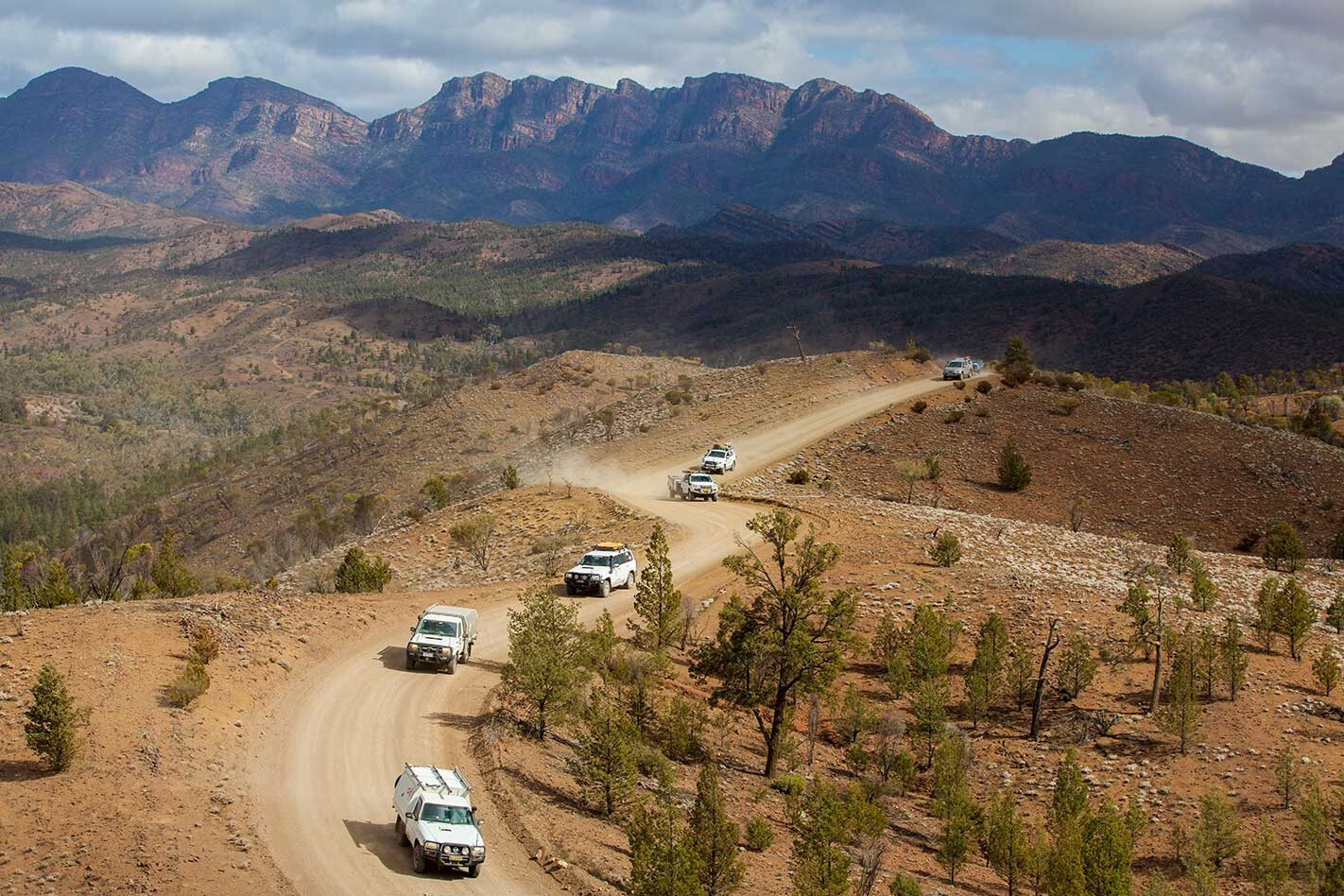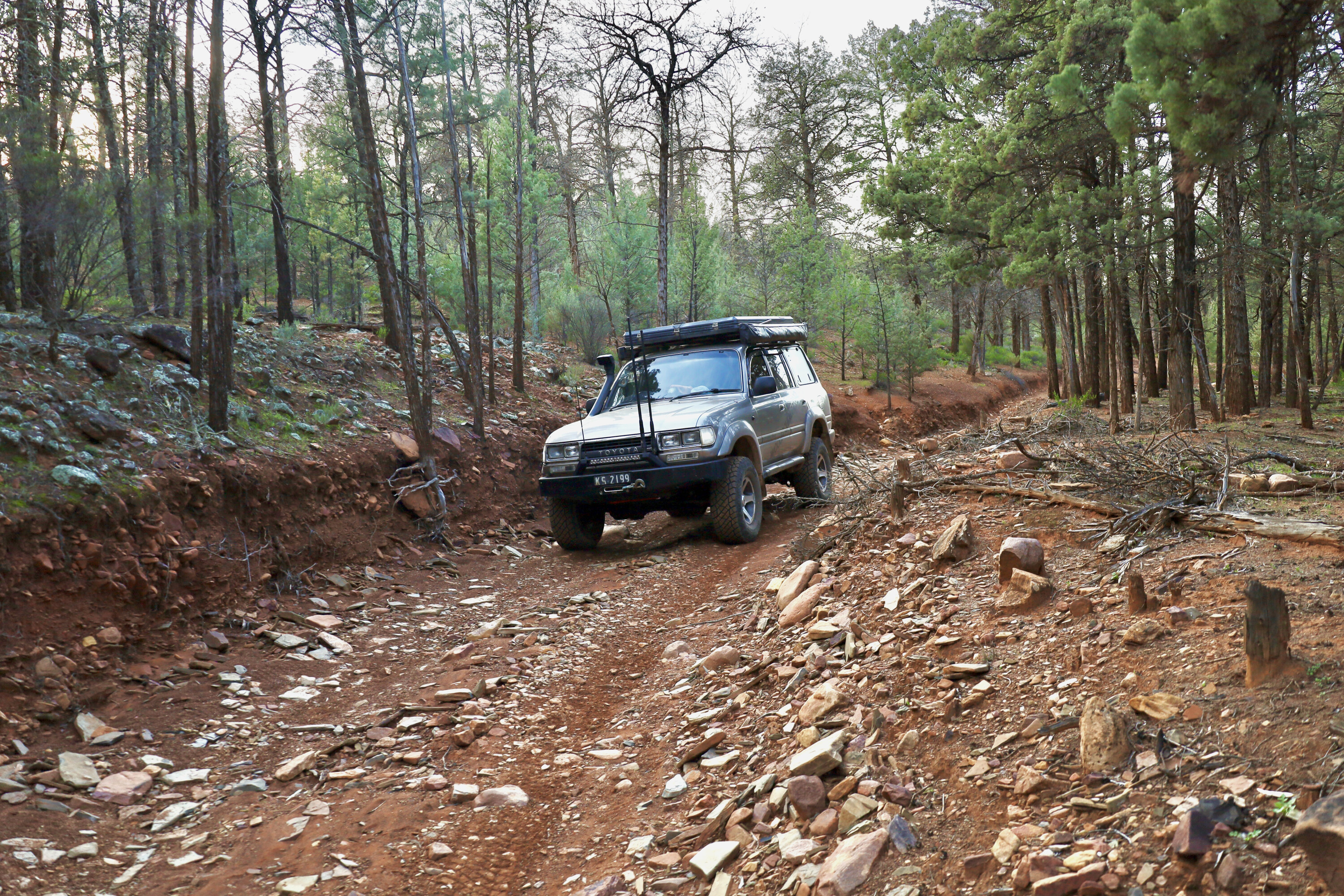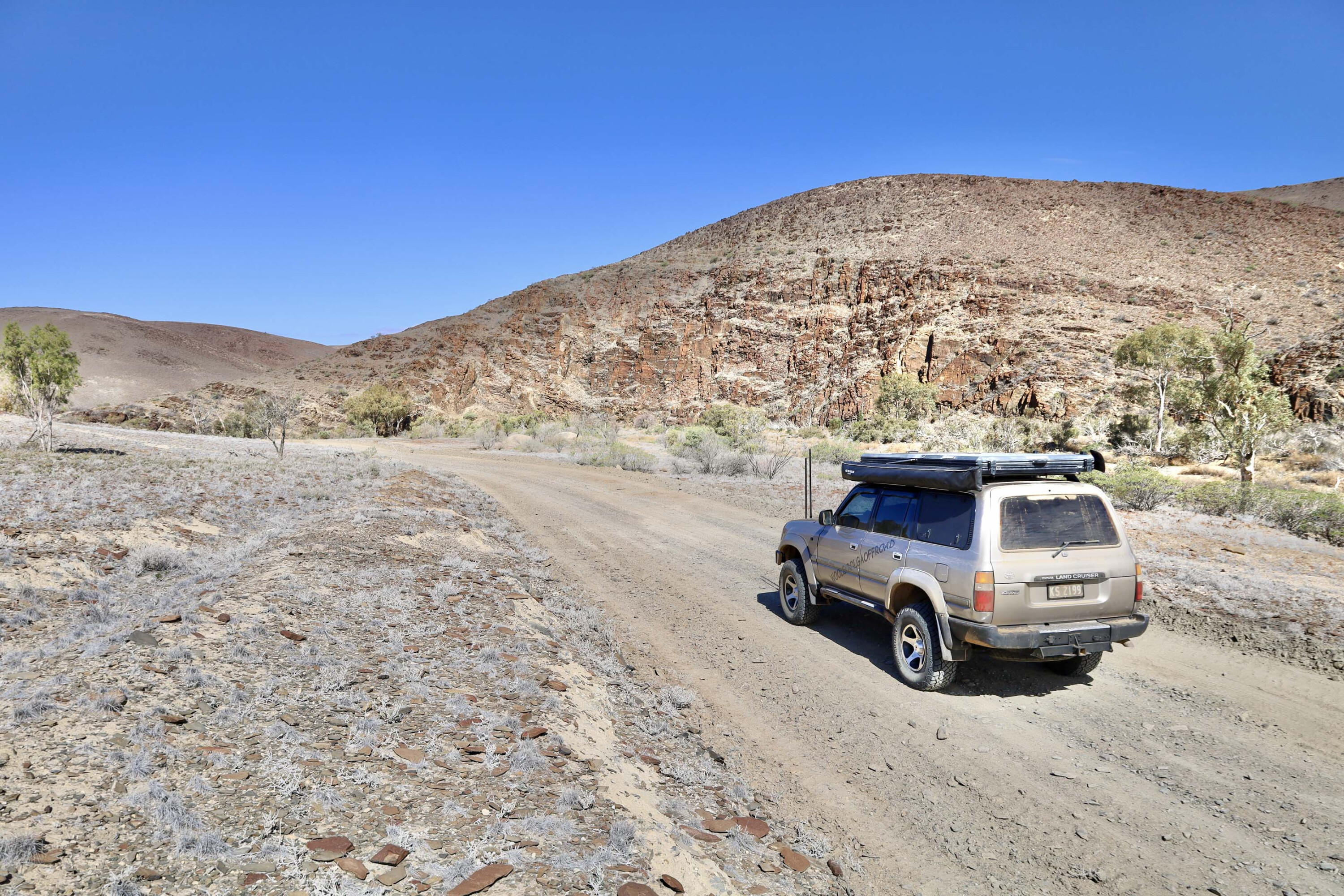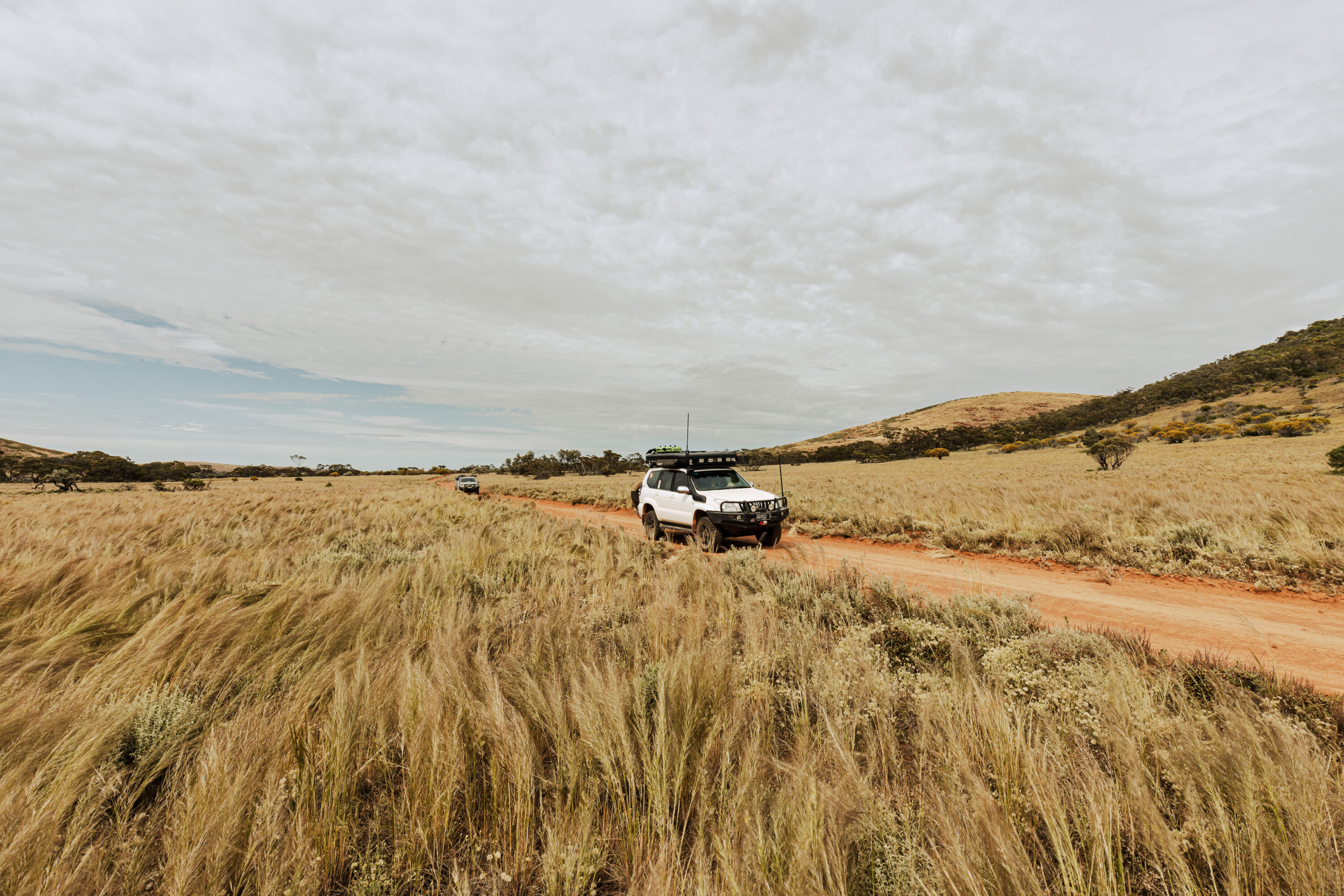Drive 4 Life is a non-profit organisation set up by a group of long-term four-wheel drivers, with the objective to raise funds for charitable organisations that don’t have a high profile and therefore have difficulty raising enough funds to achieve their annual objectives.
The main beneficiary over the past few years has been Northcott Disability Services, which was established as ‘The New South Wales Society for Crippled Children’ in 1929 by the Rotary Club of Sydney in response to the growing number of children left with the effects of illnesses such as polio and tuberculosis. Prior to this year’s second event, funds raised to date totalled $813,500. Each participating vehicle pays $1000 to join the trip, with all funds going directly to Northcott.
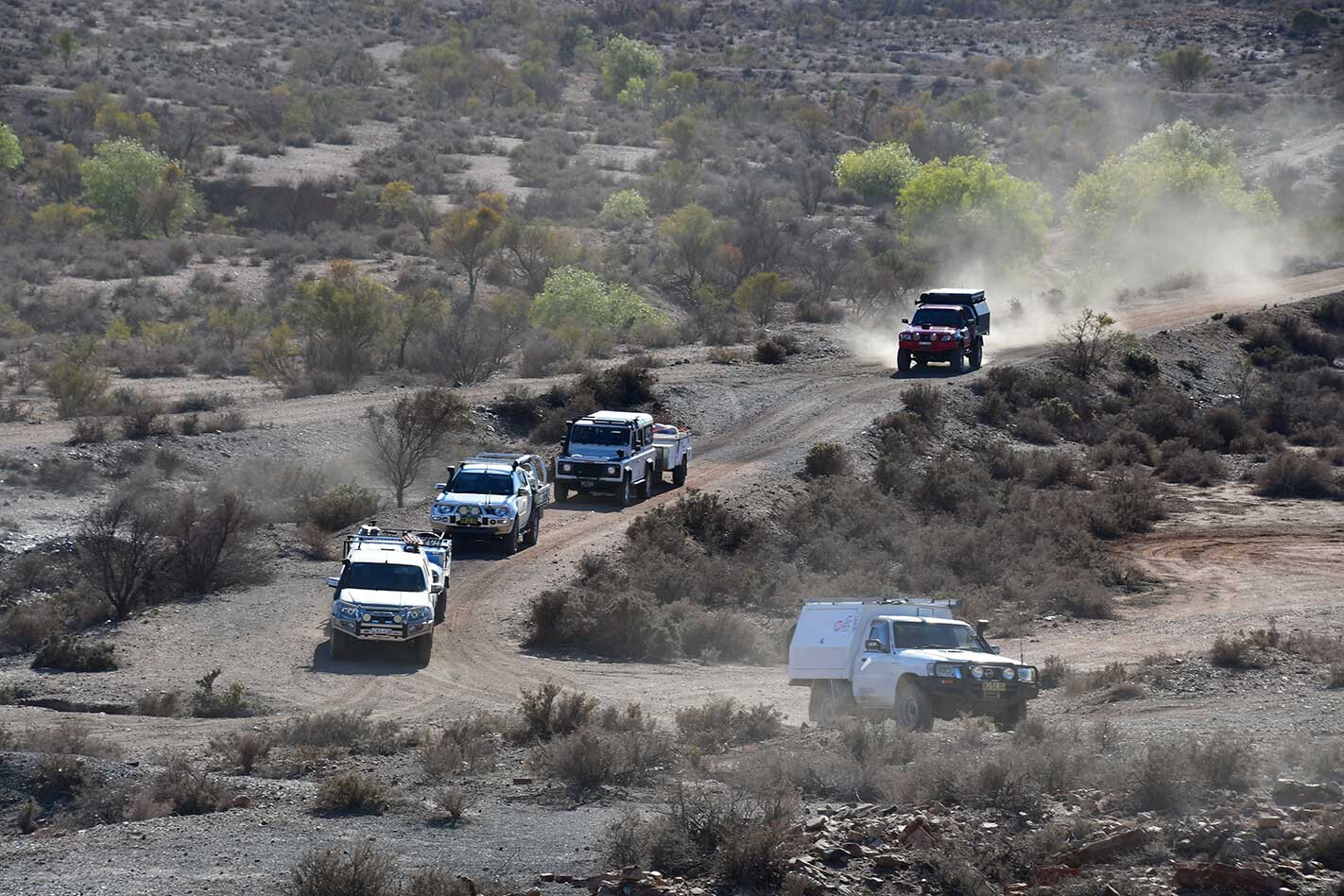
No event like this could run without the support of sponsors and, since its inception, Drive 4 Life has been supported by 4X4 Australia magazine, ARB and IGA.
Corner Country
On the first day of spring, excited participants from 24 vehicles gathered at Broken Hill’s racetrack for a meet and greet with organisers and group leaders. Vehicle checks were conducted and sponsor stickers were applied to each vehicle. Leading the first group was Borgs and Wendy, along with Richo and Gay, while the second group was led by Mick and Brute, assisted by Noel. About half of the trip participants were towing camper trailers.
On Monday morning we again met at the racetrack and, after speeches from organisers Mick Whitehead and Chris Bates – and the obligatory group photo shoot – we were on our way. The two groups went in different directions, but both would basically visit the same areas.
While group one headed towards Peterborough, group two made tracks for Silverton to drive through the town and take a trip out to the original mine site, where there is still plenty of evidence of days long since passed, including the poppet head. We soon hit dirt for the first time and were reminded of the harshness of the land that is currently experiencing a soul-destroying drought.

The first night was spent by the creek below the Albert Hotel at Milparinka, which was first licenced way back in 1882, two years after gold was discovered at nearby Mount Poole. It is hard to imagine, but this area once had a population of 2000 people. We had a great night around the fire getting to know a little about each other.
The next day we were greeted with stunning weather, and before long we were out on the tracks heading for the historical town of Tibooburra. While in town we popped into the Family Hotel, well-known for the murals that adorn its walls – the most famous is the large mural painted by Clifton Pugh, which takes up an entire wall beside the bar.
It was then on to Cameron Corner, where the borders of South Australia, New South Wales and Queensland intersect. For those who hadn’t ventured here before, this provided the opportunity to stand in three different states at the same time. The store here is renowned for its hamburgers, and most of our group lined up to sample one.
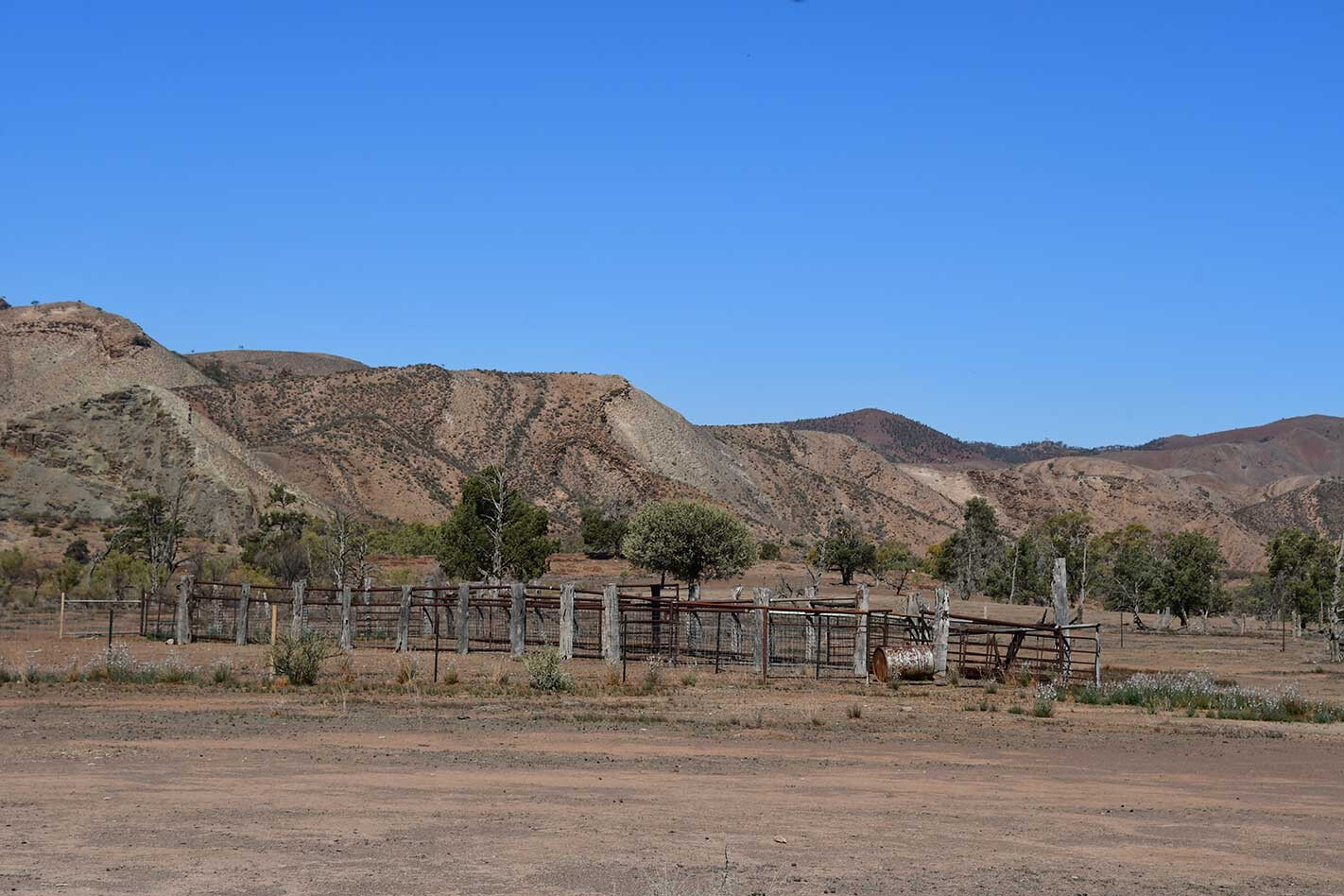
It was time to head west along the Strzelecki Track and eventually make our way down to Montecollina Bore, our base for the night. It was here in 1903 that a bore was sunk to provide a reliable water source for travellers and stock.
The group was lucky as three members of the original Drive 4 Life committee were among us, including Norm and Dave who had spent numerous trips traversing the area. They’d came up with some interesting routes that would see us pass through some magnificent vistas.
On Wednesday morning we headed east and passed through old homesteads such as Wooltana, a pastoral lease that operates as a sheep station. Dating back to 1856, the homestead was established by John McTaggart who had arrived from Scotland just a few short years earlier.
While it is common to encounter convoys travelling in the opposite direction, an amazing spectacle we witnessed was the 19 Massey Ferguson tractors following each other. They all gave us friendly waves, with one of the drivers yelling out: “Yeah, we’re all bloody mad!”
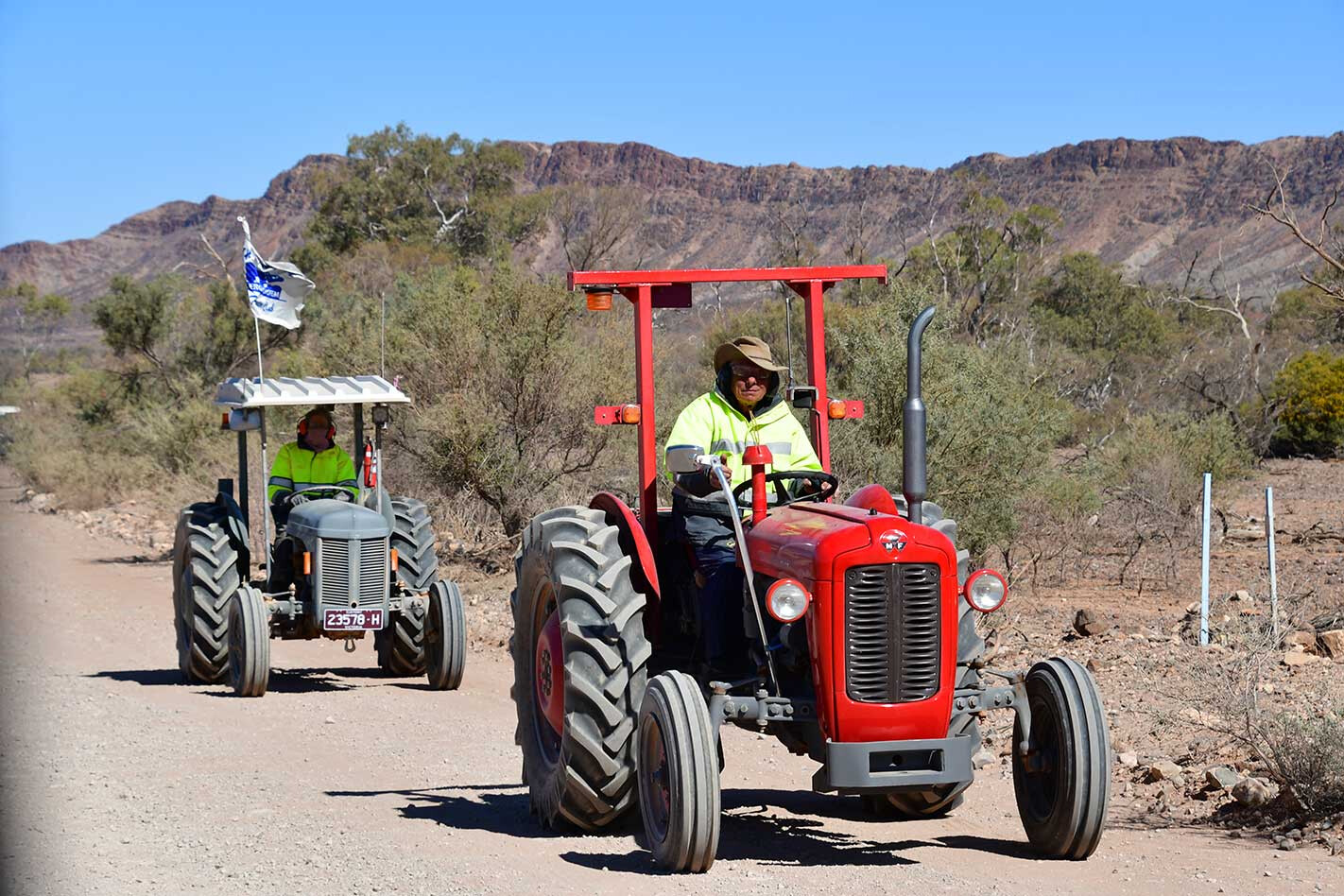
By now we could see the spectacular Gammon Ranges − a postcard photo just about everywhere one looked. Our first stop was at Balcanoona, which was also once a sheep station and is now part of the Vulkathunha-Gammon Ranges National Park. From here we drove out to Arkaroola, before heading for camp.
Into the Flinders
The night was spent at the Farina camping area, where a war memorial dedicated to the men from the area who served in the two World Wars is situated above the campground. There is also a plaque for each of the nine poor souls who paid the ultimate price while defending their country. Most of the group watched the sun disappear from up here, with a quiet drink or two.
On Thursday some of the group had booked to fly over Lake Eyre out of Maree and they left early to meet the pilot, while the rest of us had a wander around the ruins of the old town. Farina is on the Old Ghan Railway line and was once a bustling town, which had a peak population of approximately 600 in the late-1800s.
In its heyday, the town had two hotels (the Transcontinental and the Exchange) and an underground bakery, a bank, two breweries, a general store, an Anglican church, five blacksmiths, a school, and a house of ill repute. A group called Friends of Farina is dedicated to restoring parts of the old town.
Dave and Norm, who were leading the group for the day, guided us down to the Lyndhurst Ochre pits. These colourful pits are of great heritage significance to the local indigenous people, and the ochre was used in ceremonies, medicine and art, as well as a product of trade. We then headed to the old town of Beltana, where the railway arrived in 1881, transforming the place with an influx of construction workers, sleeper cutters and teamsters.
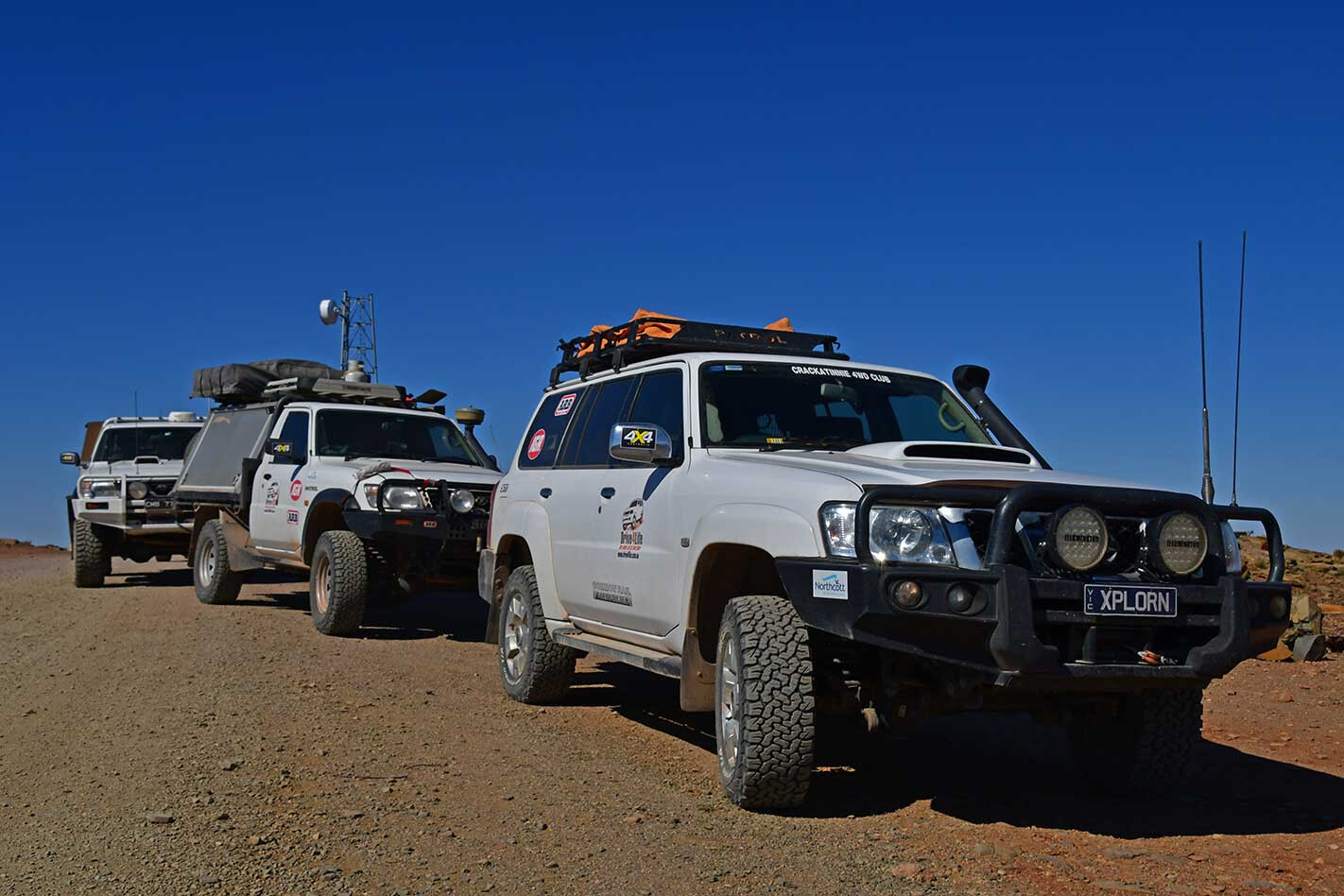
The rest of the day was spent travelling through the picturesque Parachilna and Glass Gorges, before arriving in Blinman by mid-afternoon where we were to meet up with Mick and those who had flown over Lake Eyre.
News arrived that Chris Bates, who had been travelling with group one, had sustained an eye injury and was being flown from Leigh Creek to Adelaide that evening. This meant Mick had to bring Chris’s truck back so Norm could eventually drive it back to Sydney.
By now it was too late to look for a camp and the decision was made to prop next to the Blinman North Hotel. Most of us took advantage of not having to cook and dined in the pub. During the night the winds blew up something fierce, and for the first time we awoke to bitterly cold weather – about half of the group braved the morning chill to tour the local copper mine.
Back on the road we made our way out to the Aroona Homestead ruins where John Hayward, the first pastoralist to arrive in the region, took up the Aroona run in 1851 and stocked it with 3300 sheep. There are only crumbling ruins to be seen today, but there are several camping areas nearby – some with long-drop loos.

The next couple of hours were spent travelling through Brachina and Bunyeroo Gorges, where we able get an understanding of the geological significance of the area courtesy of signs detailing the formation of the ranges over hundreds of millions of years. Following on from what we had seen the last couple of days, most of the landscapes were gob-smacking, causing all the picture-taking machines to cop plenty of work.
With the day getting on, we made our way to Wilpena Pound, where the receptionist, after learning we were part of the Drive 4 Life charity group, went out of her way to work out the best deal for us.

Better weather greeted us on Friday and a bus delivered us out to Wilpena Pound. We had a leisurely walk out to the Old Hills Homestead, where there was plenty of information detailing the hardships the Hills family endured during the turn of the last century. From here, most of the group continued the challenging hike up to Wangara Hill lookout, which offers panoramic views over Wilpena Pound.
After being dropped back to the reception area it was time to hit the road, with our first stop at arguably the most photographed tree in the Flinders Ranges, the Cazneaux Tree, made famous by the photographer Harold Cazneaux.
Back on Blacktop
For lunch we headed out to the Sacred Canyon, where we followed the creek bed to see some stunning Aboriginal rock engravings. Once the worms were fed, we returned to the bitumen, stopping at Hucks and Stokes Hills lookouts where the views need to be seen to be believed.
Our final camp for the trip was at Chambers Gorge, and most of the group thought it was the most spectacular of all the gorges we had seen. At the end of the gorge is another Aboriginal engraving site, and one could only marvel at their skills, especially when you consider the tools they would have used. Like all of the previous evenings, we spent the night sitting around a fire sharing many a laugh.
For our final day we had quite a distance to travel, but all on good roads, stopping at the Waukaringa Ruins historical site. This area was first settled following the discovery of gold in 1873, and at its peak there was a population of around 750. Other than the former Waukaringa Hotel and a scattering of relics, there is little to be seen today. We continued on to Yunta, where we reinflated tyres and topped up with fuel before making our way back to Broken Hill.
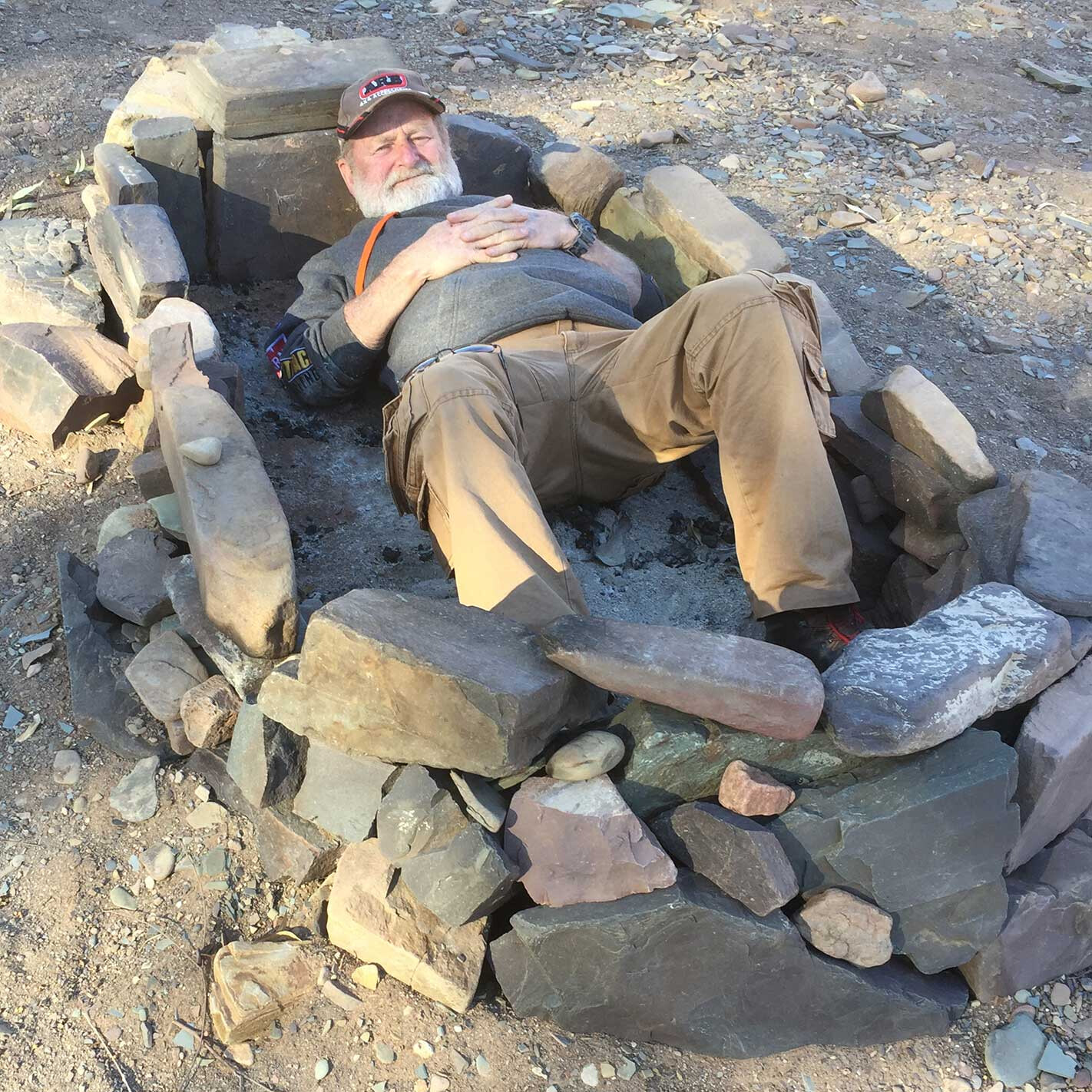
All participants gathered in the Southern Cross Hotel later that evening for the traditional last-night dinner. There were speeches from the group leaders, and Mick Whitehead announced that $24,350 was added to the Northcott coffers. Included in this total were donations made by fellow travellers, who thought we were doing an awesome job raising funds for a very worthy cause.
Many a story was shared between both groups and there was no shortage of funny moments to be told.

